Search Images
Browse Content (p. 701)
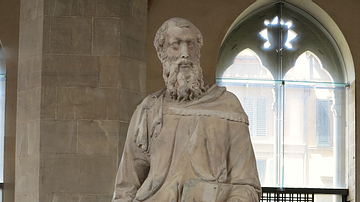
Image
Saint Mark by Donatello
A marble figure of Saint Mark by the Italian Renaissance sculptor Donatello (c. 1386-1466 CE). Created between 1408 and 1413 CE, it originally stood in a niche outside Florence’s Orsanmichele hall.
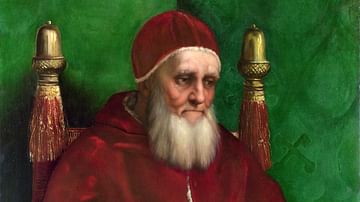
Image
Pope Julius II by Raphael
A portrait of Pope Julius II (r. 1503-1513 CE) by the Italian Renaissance artist Raphael, c. 1512 CE. (National Gallery London)
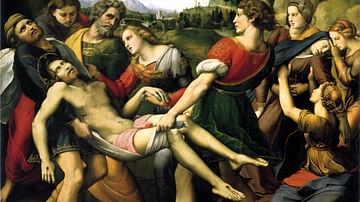
Image
The Entombment by Raphael
The Entombment of Christ (aka The Deposition) by the Italian Renaissance artist Raphael
(1483-1520 CE). Completed in 1507 CE, the scene shows the body of Jesus Christ being removed from the Cross. (Galleria Borghese, Rome)
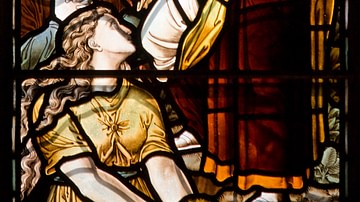
Image
Moses and the Fiery Serpent
According to the Bible, Nehushtan was a metal serpent mounted on a staff that Moses had made, by God’s command, to cure the Israelites of snake bites while wandering in the desert.
Detail of a window in St Giles' Cathedral in Edinburgh.
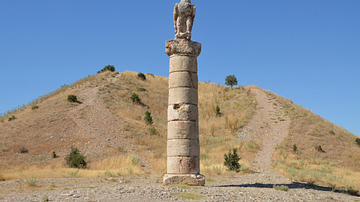
Image
Tumulus of Karakus (south side)
The Tumulus of Karakus with the eagle on top of the south column. The Tumulus of Karakus is a funerary monument (hierothesion) of the Commagene Royal Family, located in the Kahta district of Adiyaman Province in Eastern Turkey.
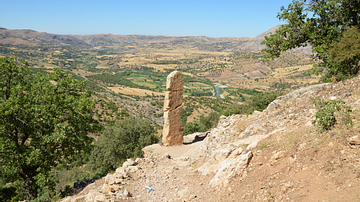
Image
Arsameia on the Nymphaios
Arsameia on the Nymphaios (Arsameia ad Nymphaeum) is located at the foot of Mount Nemrut in Eastern Turkey. In the 1st century BCE, it was a royal seat and the summer capital of the Kingdom of Commagene, an ancient kingdom of the Hellenistic...
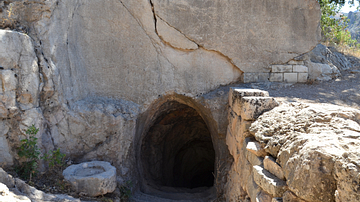
Image
Great Cult Inscription of Arsameia
The Great Cult Inscription contains the history of the founding of Arsameia on the Nymphaios, a royal seat, and the summer capital of the Kingdom of Commagene located at the foot of Mount Nemrut in Eastern Turkey. The Great Cult Inscription...
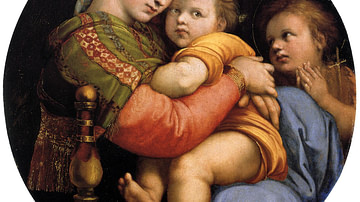
Image
Madonna della Sedia by Raphael
The Madonna della Sedia painting by the Italian Renaissance artist Raphael (1483-1520 CE). Painted c. 1514 CE. (Uffizi, Florence)
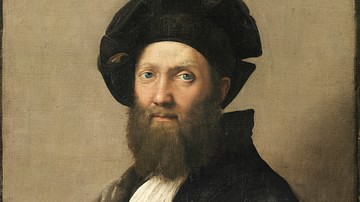
Image
Baldassare Castiglione by Raphael
A portrait by the Italian Renaissance artist Raphael (1483-1520 CE) of the diplomat, courtier and author Baldassare Castiglione. Painted c. 1515 CE. (Louvre Museum, Paris)
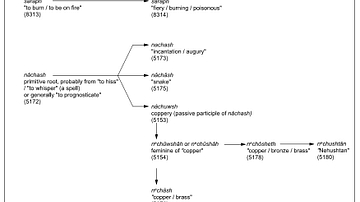
Image
Hebrew Roots for Saraph and Nachash
This graph was produced using information from Strong's Concordance, to help visualize the context of the Biblical Hebrew words Saraph and Nachash.